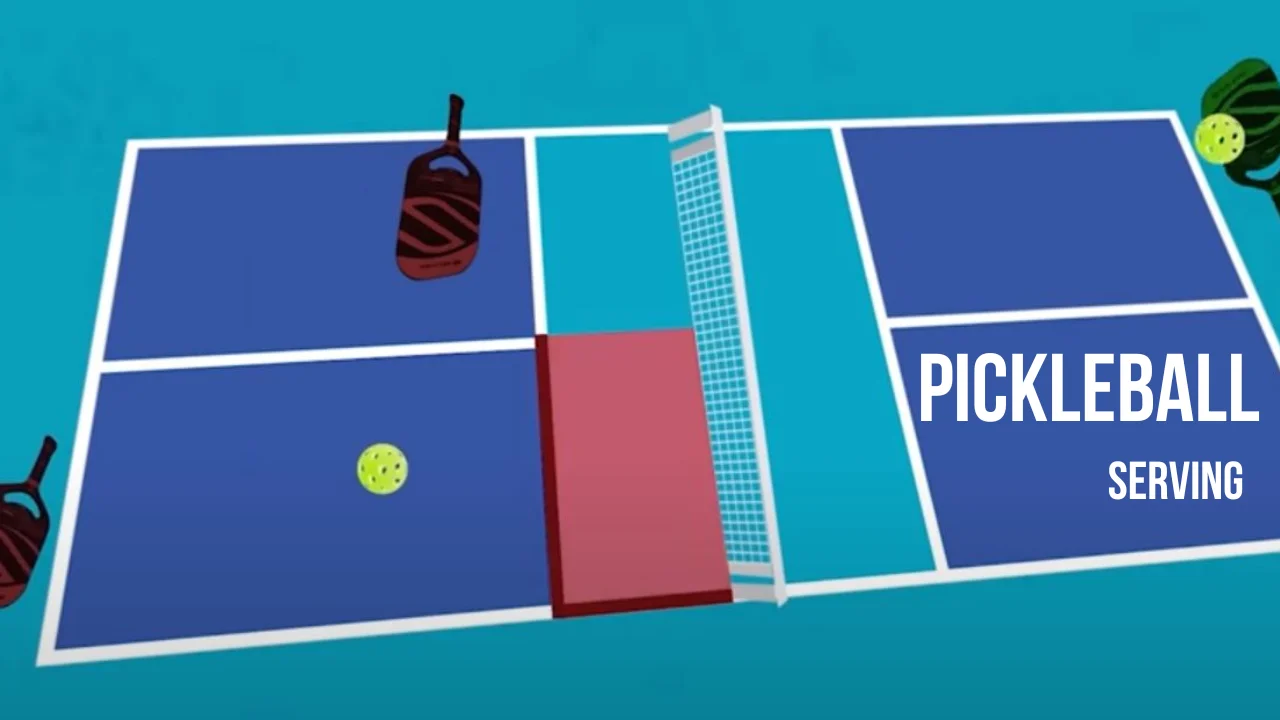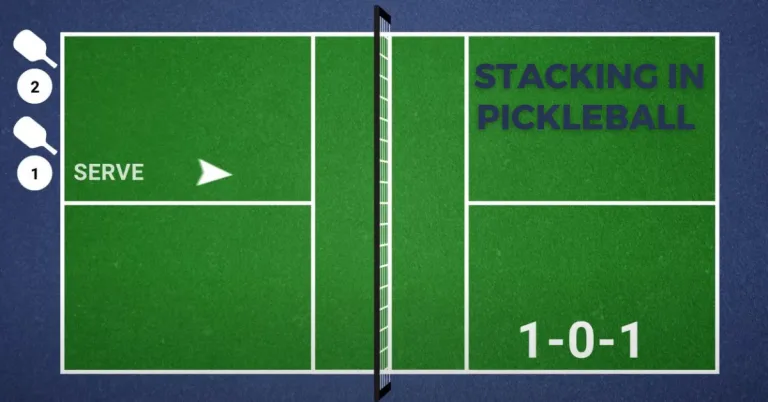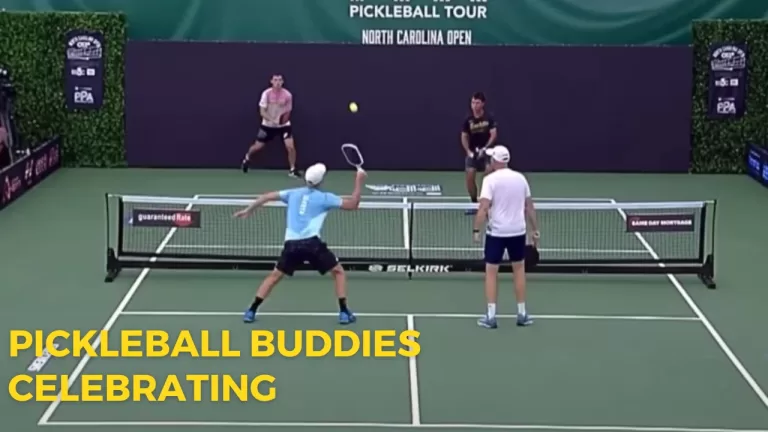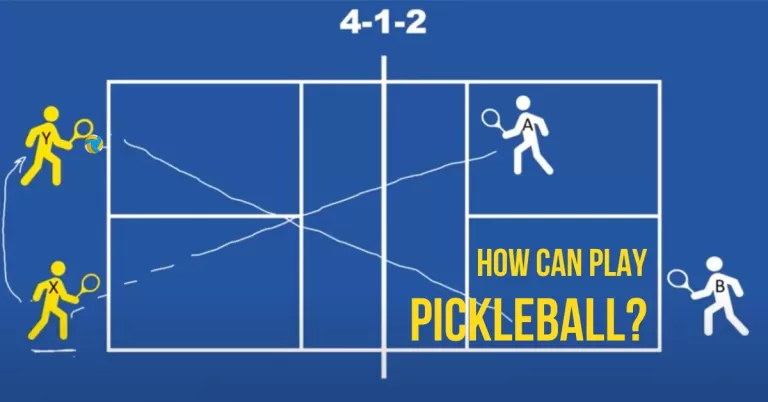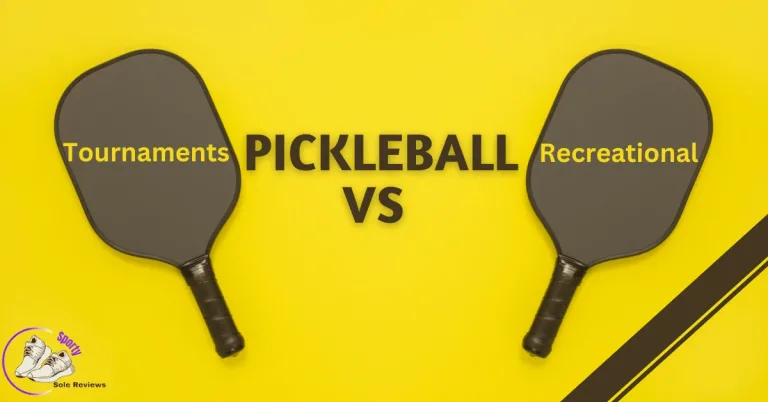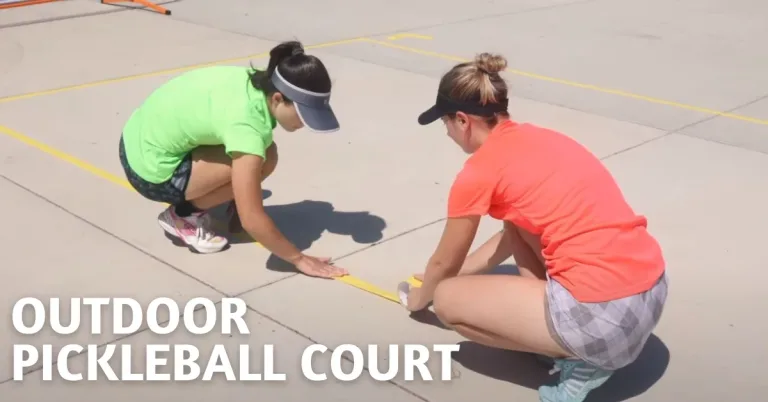Mastering the Court: The Art and Science of Pickleball Serving
Pickleball serving is the act of initiating play by hitting the ball over the net from one side of the court to the other. It is the first shot of every rally and plays a crucial role in determining the flow and outcome of the game. Understanding the basics of pickleball serving is essential for players to succeed in this fast-paced and exciting sport.
What is pickleball serving?
In pickleball, services is a action of hitting the ball to start a rally. The server stands behind the baseline, diagonally opposite to the receiver, and serves the ball underhand. The objective is to serve the ball diagonally across the net, aiming to land it in the receiver’s service court. The server must strike the ball below the waist, with the paddle below the wrist, and make contact below the navel level.
How does serving work in pickleball?
Pickleball serving involves specific rules and procedures that players must follow. The server starts from the right-hand side of the court and serves diagonally to the receiver on the opposite side. The serve must clear the net and land within the receiver’s service court to be considered legal. If the serve fails to meet these requirements, it results in a fault, and the server loses the opportunity to score a point.
Overview of the serving court, lines, and positions
| Aspect | Description |
|---|---|
| Court | Dimensions: 20 feet wide by 44 feet long |
| Divided into left and right service courts | |
| Non-volley zone (kitchen) in front of the net | |
| Lines |
|
| Positions |
|
Official Pickleball Serving Rules
Pickleball serving follows specific rules established by the International Federation of Pickleball (IFP) to ensure fairness and consistency in gameplay. Understanding these rules is crucial for players to adhere to the standards of the sport and enjoy a level playing field.
Understanding the rules set by the International Federation of Pickleball (IFP)
The IFP is the governing body of pickleball, responsible for establishing and maintaining the official rules of the game. These rules cover various aspects of serving, including the service motion, ball contact, and position on the court. It is essential for players to familiarize themselves with these rules to avoid penalties and play within the bounds of fair competition.
Legal serving techniques and requirements
Pickleball has specific requirements for executing a legal serve. The server must use an underhand motion to strike the ball, with the paddle below the wrist and contact made below the navel level. The serve must be initiated from behind the baseline and within the imaginary extension of the sideline. Failure to comply with these requirements can result in a fault and the loss of the serve.
Foot faults and their impact on serving
Foot faults occur when the server steps on or over the baseline or sideline before making contact with the ball. This violation can lead to a fault, causing the server to lose their opportunity to score a point. It is crucial for players to be mindful of their foot positioning and ensure they do not cross the designated lines before completing their serve.
Serving Techniques and Strategies
Mastering the art of serving is crucial in pickleball, as it sets the tone for each rally and can significantly impact the outcome of the game. By focusing on power, accuracy, spin, and utilizing different types of serves, players can gain an advantage and improve their overall performance on the court.
| Technique | Description | Advantages | Considerations |
|---|---|---|---|
| Underhand Serve | A serve where the ball is contacted below waist level with an underhand motion. | Easy to control, suitable for beginners. | May lack power compared to other serves. |
| Overhand Serve | The ball is tossed into the air and struck with the hand above shoulder level. | Allows for more power and spin. | Requires more skill and practice. |
| Jump Serve | A serve where the player jumps before hitting the ball, adding power and unpredictability. | Can catch opponents off guard. | Requires good timing and jumping ability. |
Power, Accuracy, and Spin: The Elements of a Great Serve
A successful serve requires a combination of power, accuracy, and spin. Power allows the server to launch the ball with speed, making it difficult for the receiver to return. Accuracy ensures that the serve lands in the desired location, placing pressure on the opponent. Spin adds variation and unpredictability to the trajectory of the ball, making it challenging to anticipate and return effectively.
Different Types of Serves: Drive, Lob, and Drop
In pickleball, players have the option to utilize different types of serves to keep their opponents guessing. The drive serve involves hitting the ball with power and speed, aiming to force the receiver into a defensive position. The lob serve, on the other hand, involves a higher trajectory, sending the ball deep into the opponent’s court and forcing them to move backward. The drop serve is a softer, shorter serve that aims to land the ball close to the net, catching the receiver off guard and limiting their options for an aggressive return.
Tips for Improving Consistency and Placement
Consistency and placement are key factors in a successful serve. To improve consistency, players should focus on their technique and practice regularly. This includes maintaining a consistent contact point, following through with the swing, and keeping the motion smooth and controlled. Additionally, developing a routine and establishing a consistent serving position can help improve consistency.
In terms of placement, players should aim to vary the location of their serves to keep their opponents off balance. Mixing up serves to different areas of the court, such as the corners, sidelines, or middle, can create uncertainty and make it difficult for the receiver to anticipate the serve.
Scoring in Pickleball: Serving’s Role
Understanding the importance of serving, how the serving order is determined, and the fault and side-out rules is essential for players to navigate the scoring system effectively.
Explaining the Importance of Serving in the Scoring System
Serving is the starting point of each rally in pickleball and directly contributes to the scoring system. Only the serving team has the opportunity to score points, while the receiving team aims to prevent them from doing so. Each successful serve that lands in the correct serving area earns the serving team a point and the opportunity to continue serving.
How to Determine the Serving Order
The serving order is determined at the beginning of the game through a process called “the coin toss.” The team that wins the coin toss can choose to serve first or select the side of the court they want to start on. Once the initial serving team is determined, the serving order alternates between the two teams throughout the game.
Understanding Fault and Side-Out Rules
In pickleball, faults occur when a player fails to execute a legal serve. This can include stepping on or over the baseline, hitting the ball out of bounds, or making contact with the ball above the navel level. When a fault occurs, the serving team loses their opportunity to score a point and the other team gains the serve.
A side-out refers to the change of serving team that occurs when the serving team faults. The receiving team, after a side-out, has the opportunity to earn points by serving successfully. This alternating possession adds an element of fairness to the game and ensures that both teams have equal chances to score.
What are the basic rules for serving in pickleball?
The serve in pickleball must be made underhand.
The server must contact the ball below the waist.
The serve must be made diagonally cross-court and must land within the opponent’s diagonal court.
The server’s feet must remain behind the baseline during the serve.
The ball must clear the non-volley zone (kitchen) and land in the opponent’s service court.
Can I use an overhead serve in pickleball?
No, pickleball rules require that the serve be executed with an underhand motion. Overhead serves, such as those common in tennis, are not allowed.
Is there a specific serving order in pickleball?
Yes, the serving order in pickleball follows a pattern where the serving team’s players alternate serving between points. The first serve of a game is made from the right-hand side of the court, and subsequent serves alternate sides.
What happens if my serve hits the net in pickleball?
If the serve hits the net but lands in the correct service court, it is considered a “let” and the server gets another attempt. If the serve hits the net and does not land in the correct service court, it is a fault, and the opposing team gains the serve.
Can I step into the non-volley zone (kitchen) during the serve in pickleball?
Yes, players are allowed to step into the non-volley zone during the serve. However, the server’s feet must be behind the baseline when making contact with the ball. After the serve, players should be mindful of the non-volley zone rules, which restrict volleying (hitting the ball before it bounces) while inside the kitchen.

